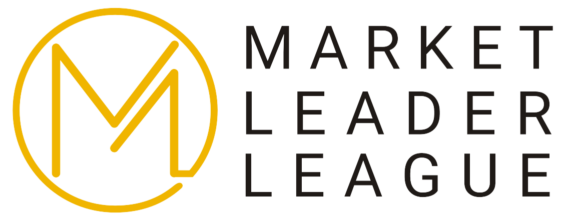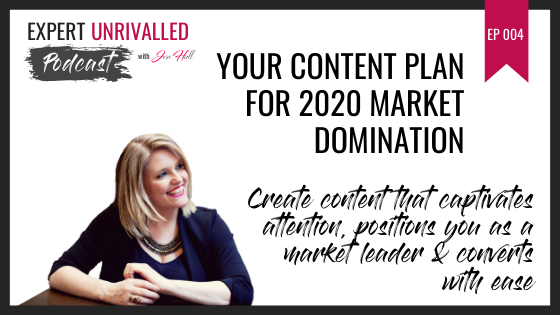Content creation is always a hot topic coaches, entrepreneurs & service based businesses… but what if I told you to stop creating so much of it and start being more strategic? Its time to save time, captivate attention from your ideal clients and make sales from your content so you can say goodbye to wasted hours at the computer.
In the episode we cover:-
- The five elements your content must include to stand out, get taken seriously and be seen as a market leader.
- My easy content creation method to create content that sells.
- The one thing that will make content creation super easy.
- The big mistakes content creators are making and what’s no longer working.
- The power of a content journey.
Links mentioned in the episode:
Important people mentioned in this episode:
Jessica Lorimer – 7 figure Sales Coach & Leadership Expert
Alessia Pandolfi – Tech Expert for Online Coaches
[spp-transcript]

